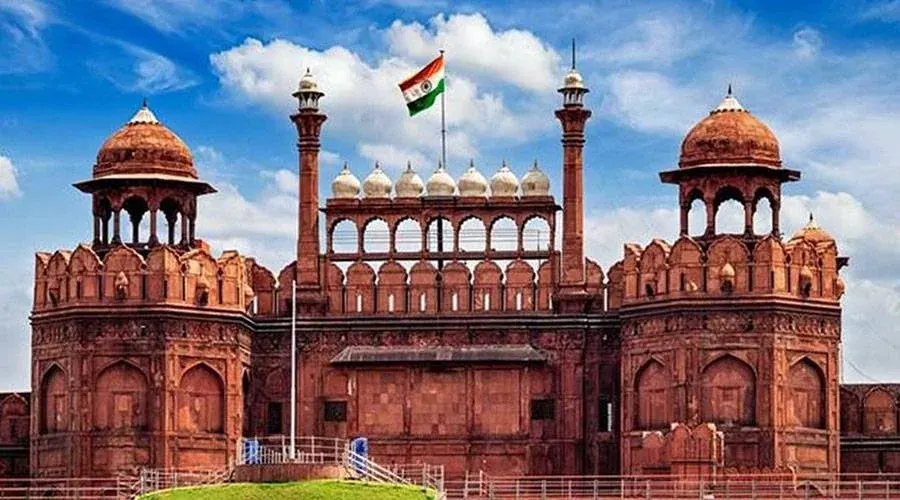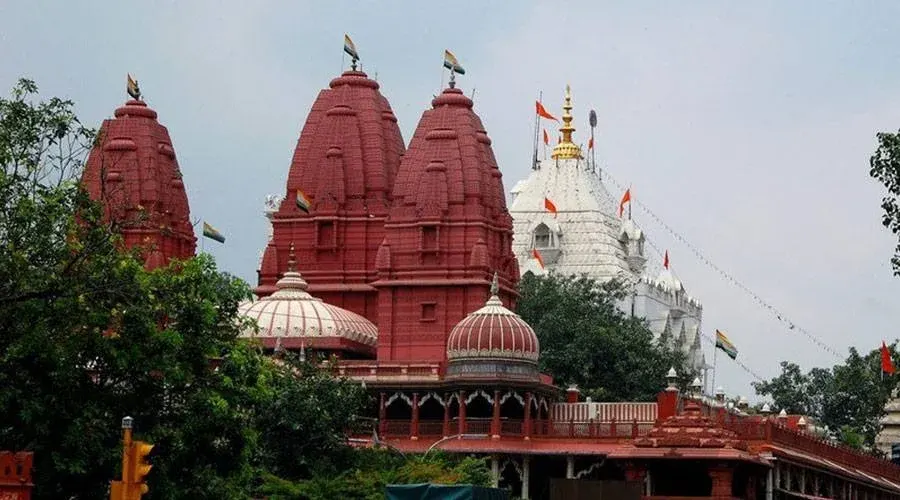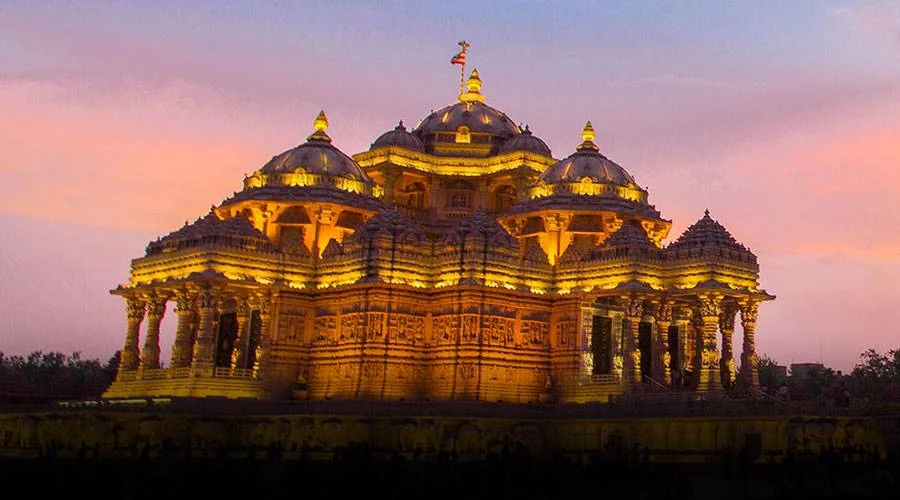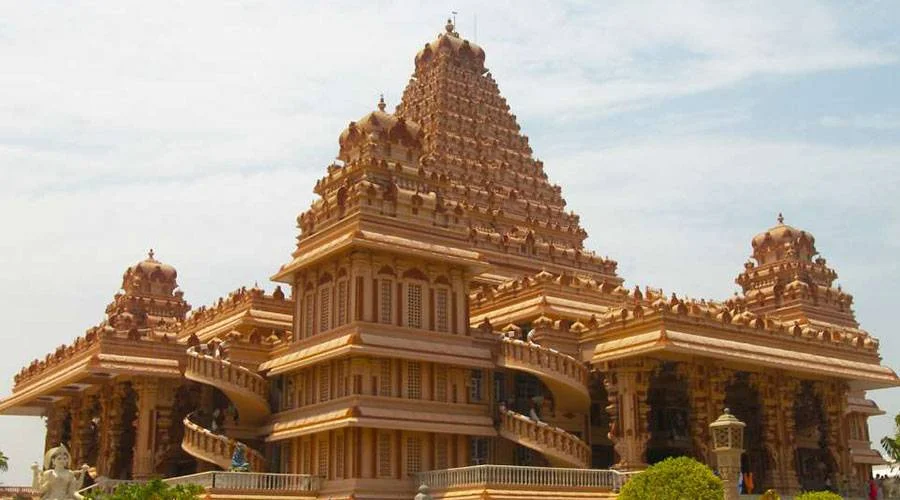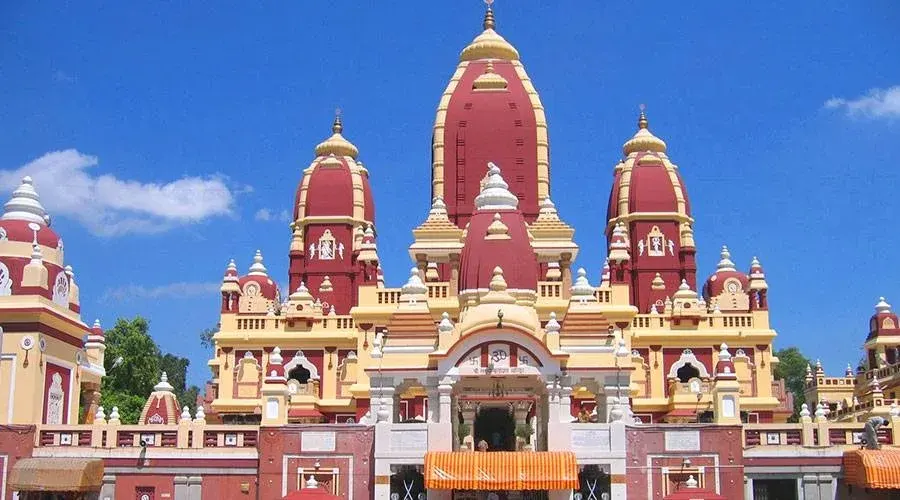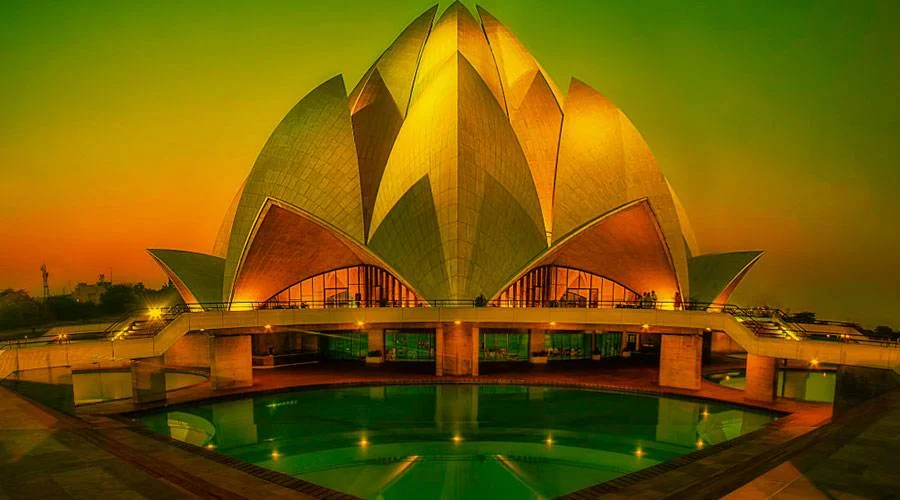Siri Fort, Delhi
Siri Fort is among the many renowned monuments of heritage and culture, situated in New Delhi. Located between Hauz Khas on the east and Mehrauli in the north, the construction of the fort is believed to have begun in 1303, during the reign of Alauddin Khilji. The fort was only a part of the strategic city of Siri which was the second of the seven cities built during the time, by the Turks of the Delhi Sultanate. However, as of now, only a few remnants of the same can be seen in the form of fort ruins; but the majestic architecture and the historical relevance still draws hordes of tourists to visit it.
History
Alauddin Khilji laid the foundation of the second city of Delhi- Siri, during 1297 and 1307. The construction of Siri fort was started in 1303 and it was built to defend against the Mongol invasions. Other than the war, the fort also served as the central seat of power during Khilji’s campaigns. Later, the Seljuk dynasty sought refuge in the city of Siri, and hence, most of its architecture is inspired by the craftsmen of the Seljuk dynasty.
In 1306, Alauddin’s army defeated the Mongols at Amroha and it is believed that close to 8000 Mongol soldiers who died during the war were buried in the city of Siri. Before becoming a part of Delhi, Siri was also linked to Jahanpanah- the fourth medieval city among the seven, of Delhi Sultanate.
Architecture
The fort boasts of great architecture furthered by the skills of the artists of Seljuqs. The city of Siri has an oval plan with seven gates for entry and exit, but at present only the South-Eastern gate stands. Around 70,000 workers put their might into its making and this is reflected in the strong walls and ramparts of the Siri Fort which serves the purpose of its construction, i.e., guarding the empire.
Also, the palace of a thousand pillars, commonly called the Hazar Sutan, requires a special mention for its wonderful structural design which was erstwhile laden with stones such as sapphires, lapis lazuli & intricate naqqashi (craftsmanship) work on its wall & roofs, sadly, none of which remains on the premises today.
Another structure built by Ala-ud-Din of Siri was the Hauz-e-Alai, a huge reservoir of water which is currently situated in Hauz Khas. The fort itself now lies in ruins because Siri was regularly looted by rulers who used construction materials from this grandiose structure to style & decorate their forts, leaving Siri barren and desolate. However, ASI has undertaken the task of restoring the Siri Fort, especially its bastions and its walls, which are covered with thick vegetation.
Siri Fort Sports Complex at Siri Fort
Adjacent to Siri Fort lies the Asiad Village Complex, popularly known as Siri Fort Complex. The complex was built in 1982 as part of the 1982 Asian Games programs. The compound was constructed keeping in mind the upcoming games; it comprises huge courts of basketball, tennis, and badminton, cricket grounds, enormous auditoriums, jogging tracks, and the like. The Siri Fort Auditorium is one of the best auditoriums of Delhi and is used to organize film festivals, live performances, and related events.


